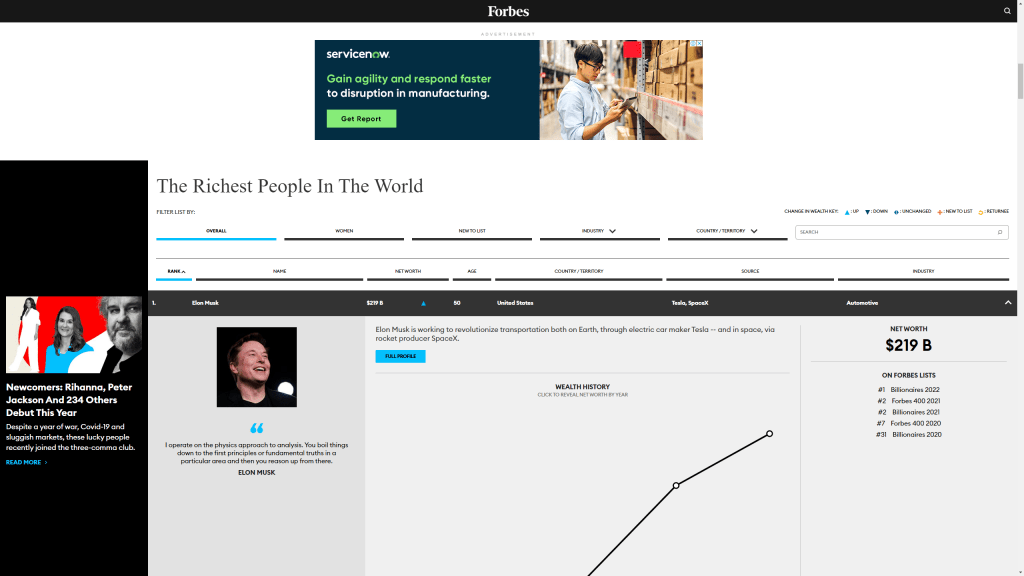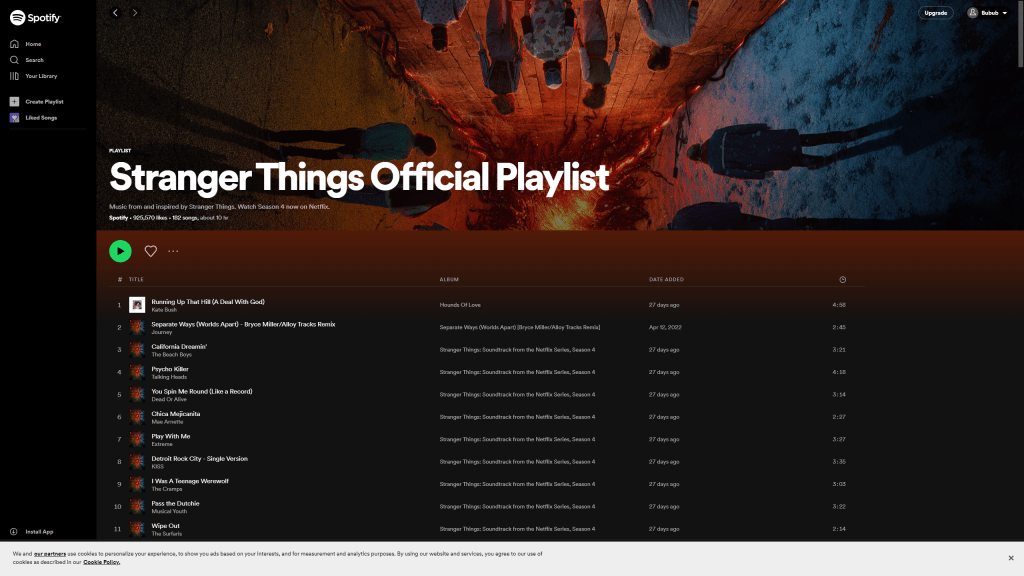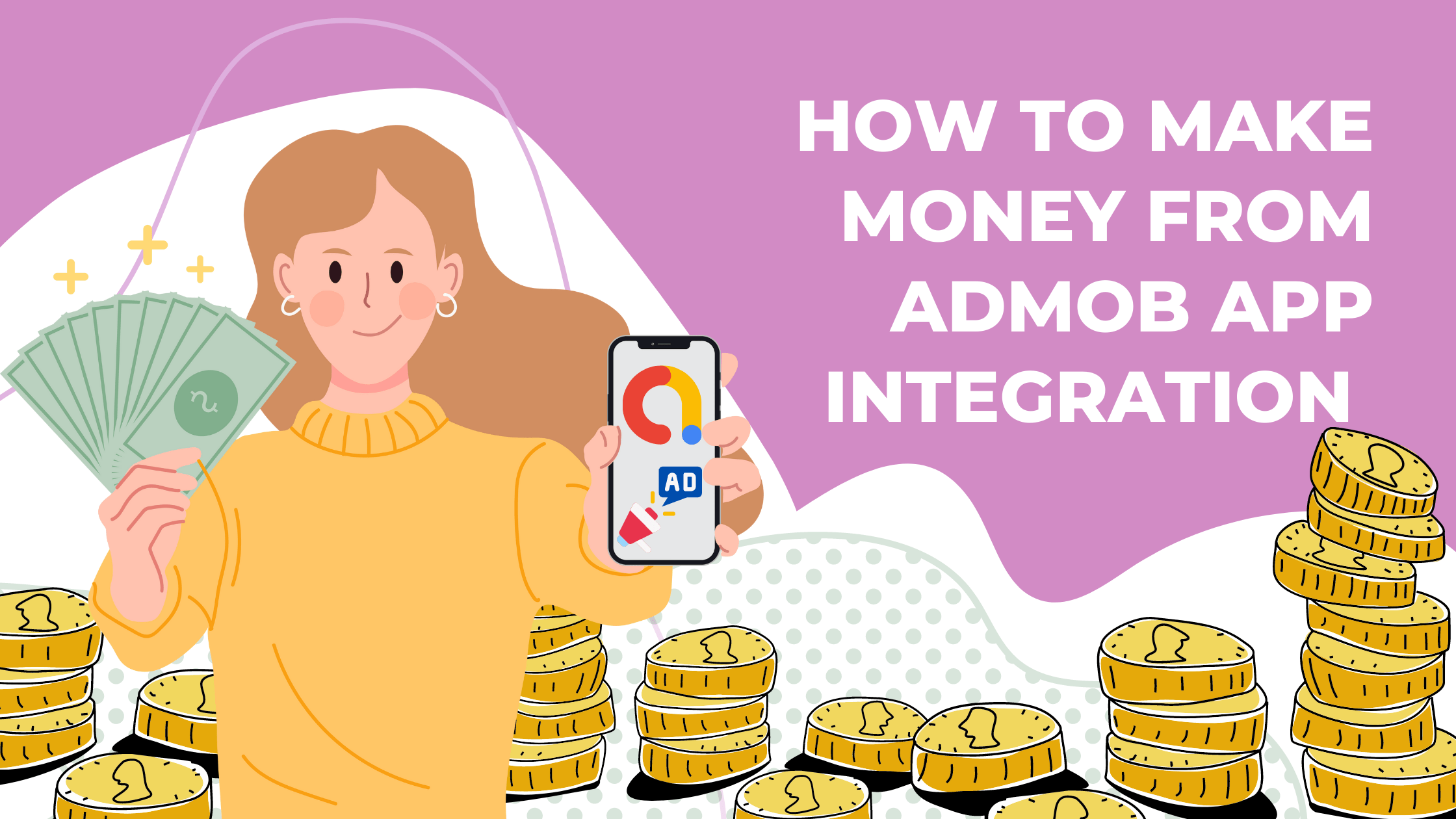Do you want to learn how to create an app for free and make money? Then you might have heard of Google AdMob too.
Basically, the AdMob is an advertising platform provided by Google that allows you to place ads in your app.
With the help of AdMob, you can make money from your app by applying an ad platform to your app.

Mobile apps are a great way for business owners to make an additional source of revenue. They are also the perfect platform if you think that your idea will be the next big thing in the industry, like Instagram or TikTok.
Applications are among the top revenue generators in the world. According to statistics, Android and iOS app revenue reached $133 billion revenue in 2021, a 19% year-on-year increase. iOS was responsible for 63% of total app revenue in 2021
As mobile applications are what make up the mobile experience in the first place, many people use them every day. Therefore, earning through apps makes money for app owners.
This article will show you why you should monetize your app and how to do so with the Swing2App AdMob plugin. Put your feet up, relax, and read your way into a profitable future with your app.
Let us start with the basics.
What Is App Monetization?
There is a lot of talk about app monetization, but what is it? The process of app monetization consists of converting your app into revenue, most likely passive revenue. Your app becomes your revenue generator. Also, it is how an app owner or developer can leverage the mobile market to make money from the app.
The process of monetizing apps is not one-way, and there are many possible ways to do so. Various types of app monetization strategies exist, and in this article, you’ll see all of them.
Why is App Monetization important?
Over 90% of the mobile apps on all the app stores are absolutely free to install. Even the most popular mobile apps can be downloaded or installed for free. What would it be like to spend hundreds of dollars on an app only to give it away for free? As an app owner or app developer, you need to adjust the monetization models, so you do not suffer a loss.
This is where monetization strategies for apps come into play. As someone who offers an app as a service or a product, you have to ensure two things when it comes your app monetization strategies. First, you have to make sure that the app generates a steady revenue stream. It is also important to ensure that your users and their user experience do not suffer at any point due to any app monetization method you choose.
Proof That App Monetization Is Really Important
Like every other essential topic or niche in the general commercial industry, app monetization is backed by statistics and figures that show that it is very beneficial.
One of the most important statistics that depict this is that in 2015, global app revenues got as high as $70 billion, and by the end of 2016, it reached $88 billion. In 2021, the revenue reached $133 billion, up by almost 20% from 2020’s figure.
Going slightly deeper into the app monetization sector, the app monetization strategies are of different forms. However, the most dominant form is in-app advertising. As the forms that app monetization occurs in have evolved seamlessly over the years, app monetization models are packed with advertisements. The most dominant form includes native ads, banner ads, and the likes.
Right after advertising, paid ads are the most common method of mobile application monetization. In fact, around 20% of mobile applications on both the Google Play Store and Apple App Store are delving into the app monetization model.
In-app purchases, subscriptions, sales of physical products, and also affiliate models come right after paid app models.
Read more – Earn Money From Android Apps Using AdMob – Ads Explained
The In-App Monetization Trends
Of course, certain in-app monetization strategies are more often used than others. Rewarded videos are the most frequent type of in-app advertising. This app monetization method is employed by mobile games because they are one of the most downloaded and used apps. The advertisement phase becomes gamified in this way, improving the user’s experience. The gamer receives a prize after watching the video advertising. This method was valued at $5.9 billion in 2021 and is predicted to grow over 19.5% between 2021 and 2027.
Display Ads
On certain websites, you might have seen banners of different sizes with some texts and calls to actions. Well, that’s a banner ad also called a display ad.

Display ads have their own sizes and designs which can be about any service or product that they are trying to sell. In general, display ads served on a website are relevant to the website’s content category or services. Such targeted display ads can be served by using behavioural targeting or contextual targeting.
Display ads have been in the online space for almost twenty years now. The first display ad was run by AT&T in the year 1994 and the rest, as they say, is history.
Native Ads
Ever came across that ‘sponsored’ content in the middle of your feed? That’s an excellent example of a native ad.

Netflix and Spotify are two brands that are well known for utilizing their user’s data to create unique, relevant experiences. In 2017, the platforms partnered up to create a truly original native advertising campaign that garnered a lot of attention.
Native advertising is another popular app monetization approach. Native advertisements tend to blend in smoothly with the app’s design. It recreates the look and feels of your app, giving your users a more fulfilling experience while still being exposed to advertisements. Because of its success, this model is one of the most effective methods to sell mobile apps.
eMarketer research predicts that around 96% of native ads will be social while 33.6% of native ads will be non-social in 2020.
| Criterion | Display Ads | Native Ads |
| Pricing | Relatively cheaper | Relatively costly |
| Competition | High | Relatively Low |
| Appearance | Will stand out from the website content and can be intrusive (if not properly placed). | It Will fit right into the website design and native ads are less intrusive. |
| Placement | Usually on the top or side of the page, aside from content copy. | Within/In-between the content copy. |
| Ad Viewability | It could be high if the ad is placed in the right place. | Relatively higher as they are subtly placed within the content |
| CTR | Low as display ads are often ignored. | High as users tend to click the native ads. |
| Target purpose | The ideal choice for remarketing campaigns | Ideal for driving the audience to the brand or product landing pages. |
How to use the Swing2App AdMob plugin to make money from your app?

What is Admob Plug-In Provided by Swing2App?
Swing2App AdMob plugin allows you to set up in-app AdMob ads in your own apps and thus help in boosting your revenue.
The Google AdMob plug-in is a custom product that allows you to place Google AdMob ads in your app. If you purchase an ad-mob plug-in product, you can set ad-mob ads on an app produced by Swing2App.
Users can insert their own ad ID and set up and use the advertisement exposure pattern freely.
Advantages of the AdMob plugin:
1) You can display ads in any form at any time.
You can choose where, when and how an ad will be displayed within your app. You can control all this via the Google AdMob dashboard.
2) If the advertisement needs to be stopped for a while, it will be reflected directly in the app if the display is only ‘not used’. In this way you can even stop the ads if you think they are disturbing the user experience or any other reason.
3) Users who run multiple advertised apps can manage them more easily from the AdMob plug-in settings page.
For each app, it is easier to check how the ad ID is and how the exposure pattern is set within the swing-to-app site without having to go into the official ad-mob site.
However, before you can use the AdMob plugin you must create a no-code app with Swing2App no-code app builder. Then you can integrate the AdMob plugin and enjoy the continuous revenue stream from your app.
Create a no-code app for free and monetize it later!
Please check the details of how to use the ad-mob advertisement plugin.
